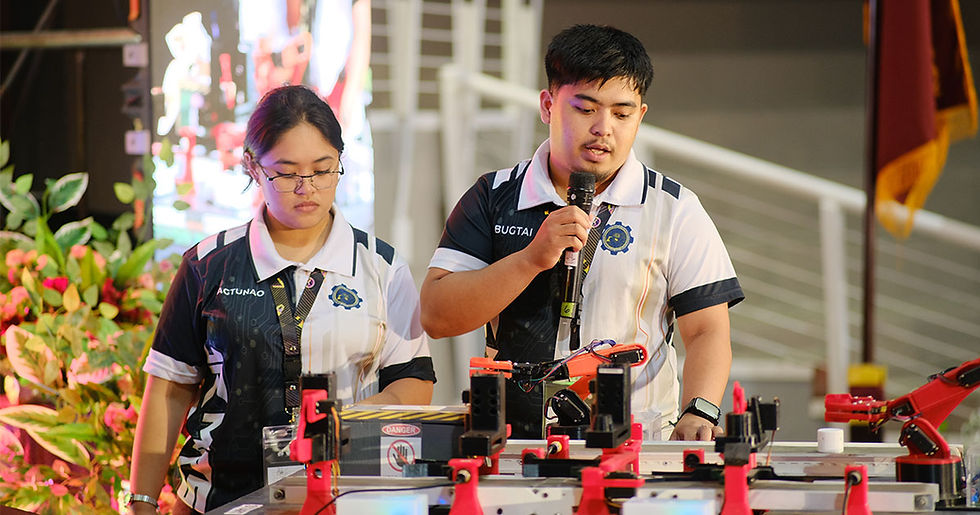3D Printing to Contact Satellites
- Field Ready

- Feb 11, 2016
- 2 min read
On 20th January, Field Ready were excited to witness a historic event in Nepal. For the first time ever, Nepal made contact with the International Space Station, and a handful of lucky school children were granted 10 minutes in which to grill astronaut Tim Peake with their top space related questions; these varied from 'what technologies are being developed in space that could one day benefit developing countries?' to 'what happens if you sneeze in space and forget to hang on?'.
The event, although important in itself, also served as a platform to promote the efforts of a very important community in Nepal (and, in fact, the rest of the world). The Nepal Amateur Radio League (NARL) formed a key part of the response to the massive earthquake that hit Nepal in 2015, using a network of ground stations to relay information regarding people's whereabouts in order that families could be reunited, or at the very least learn what happened to missing family members. Through working with Nepal Police, Nepal Army and NAIR, 300-400 families were reunited.
However, using ground stations in the Himalayas has its limitations - because the mountains limit limit radio coverage, there are still significant areas of the country that are unreachable by radio. In preparedness for future earthquakes NARL are working to ensure all of Nepal has radio coverage by adding the ability to communicate via low orbit satellites (such as the International Space Station). To do this, they need to use long distance, directional antennas, such as the 456MHz helical antenna shown here, and like amateur radio enthusiasts around the world they will construct these antennas themselves.
There are an array of open source antenna designs available online, but increasingly these designs are relying on 3D printed parts as this technology becomes more and more commonplace in the developed world. Access to well designed parts can have a big impact on the success of an antenna, as the ability of the antenna to operate successfully is a direct function of close adherence to specified dimensions during construction.
In this case, Field Ready were able to print the parts necessary for construction; however, this serves as an important example of how local access to developments in technology can have a significant impact in enabling communities to respond to enormous challenges. Access to the same technology will be key in keeping the global maker community truly global.

_edited.png)




Comments